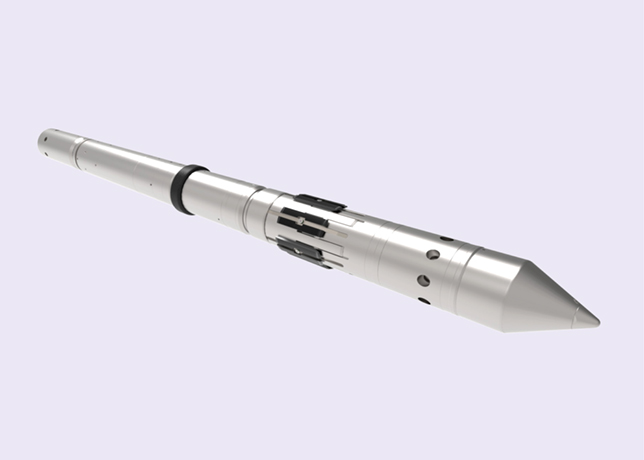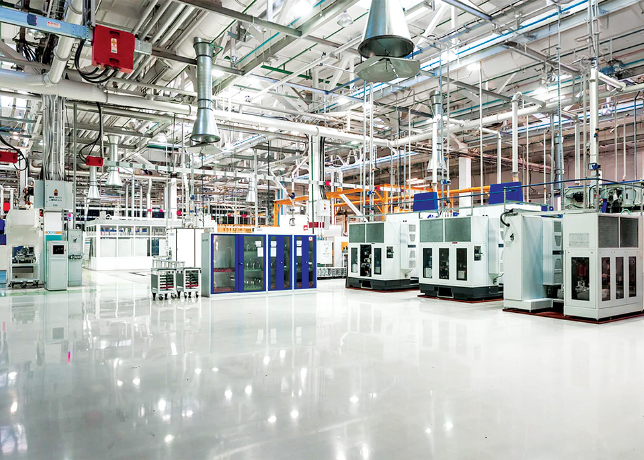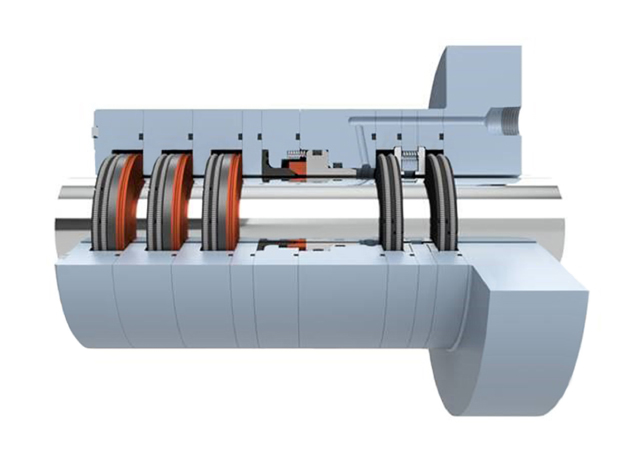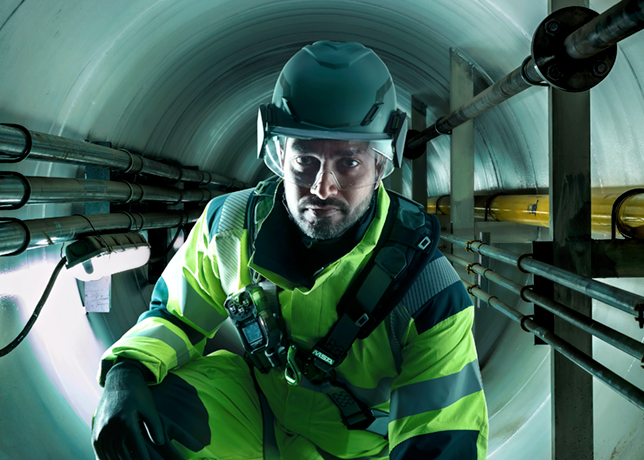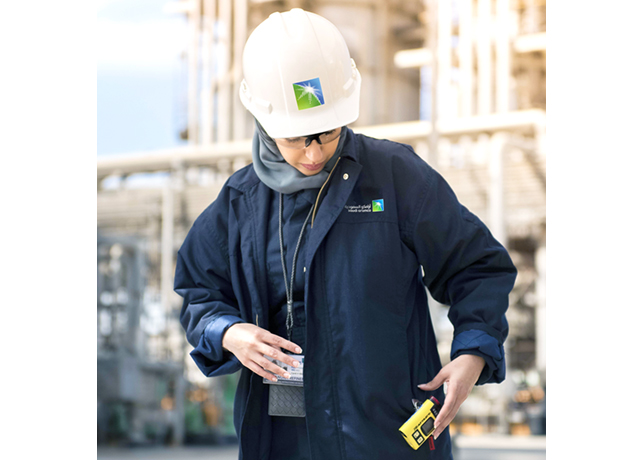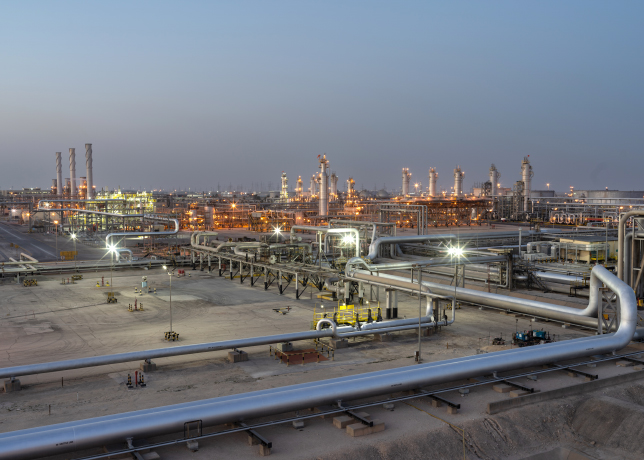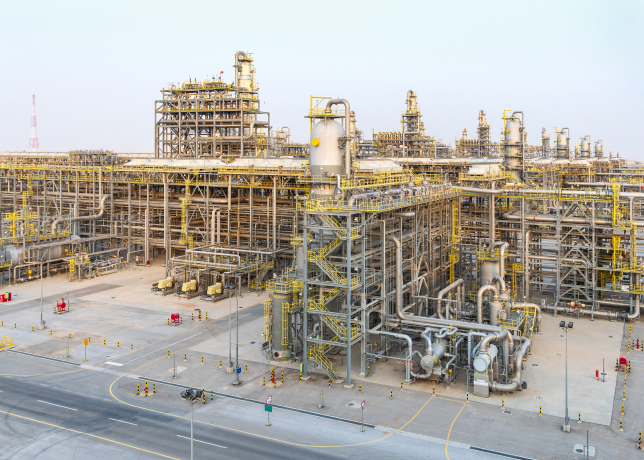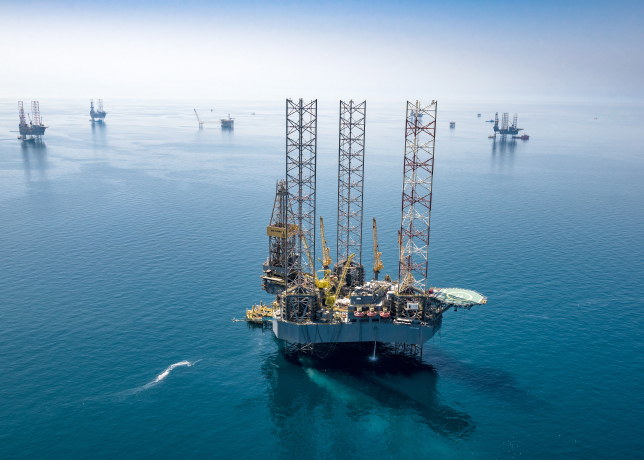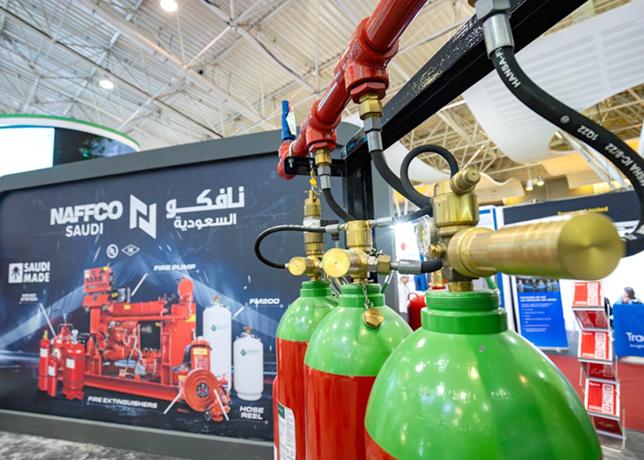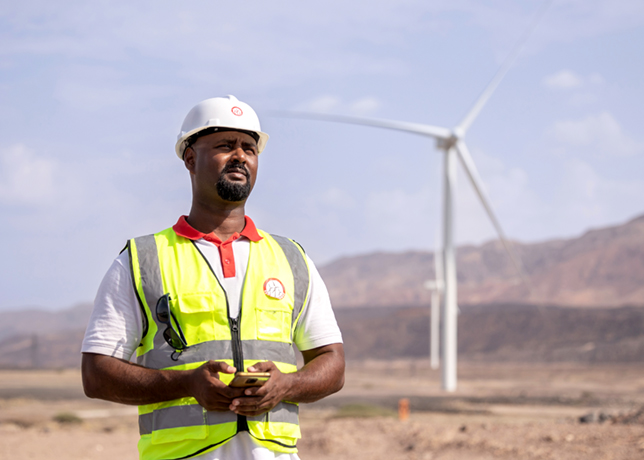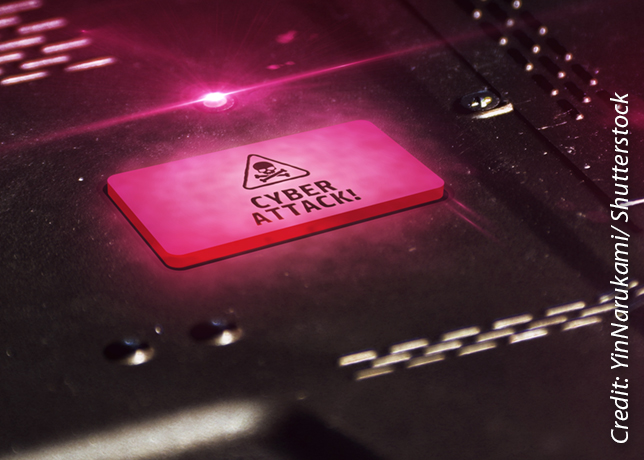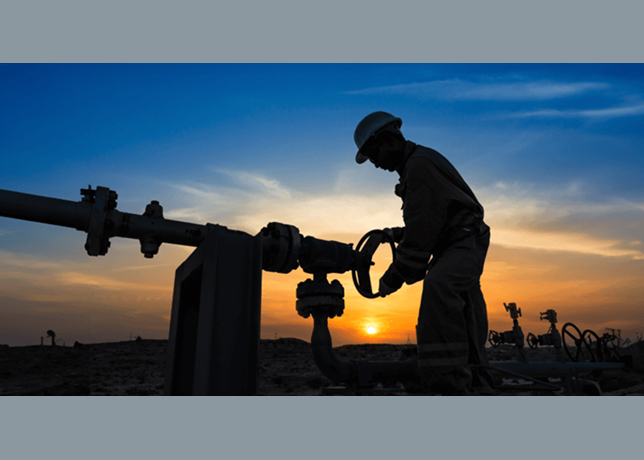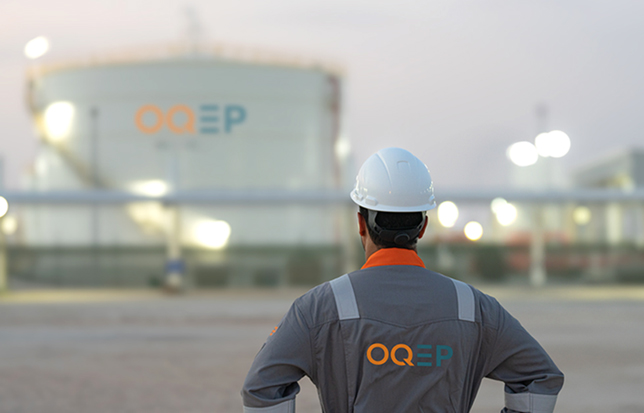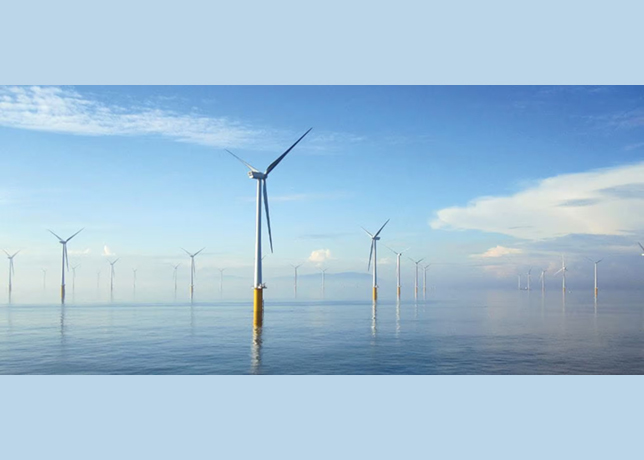
 Continual inspection of rig sites is paramount in safe vigilence
Continual inspection of rig sites is paramount in safe vigilence
Rigging up is defined as the placing and assembling of the various parts of equipment that make up the rig, and preparing the rig for drilling.
With various rig designs, there is a multiplicity of different hazards. The following focuses on the common hazards and solutions that many rig designs share.
During assembly of the rig, some equipment may be handled and set with crane, rig up trucks, or forklift, depending on the size of the rig. It should be noted that overhead hazards such as high voltage power lines may be present.
Setting up the substructure
Equipment is unloaded and positioned at or near the exact location that it will occupy during operations. The substructure is assembled, pinned together, leveled, and made ready for other rig components on the floor. Equipping the cellar begins but can be done throughout the rigging up process. This includes welding on a drilling nipple to the conductor pipe and attaching a flow line.
The potential hazards at this point are being struck by the crane, load, truck, or forklift tipping; pinched fingers when assembling equipment; burns from cutting and welding on the drilling nipple; yemporary eye irritation from welding light flash; and falling from heights The possible solutions include instructing all workers in safety procedures and ensure that they are knowledgeable about job hazards. This can be done during pre-job safety meetings or JSA briefings; instructing workers to stand clear and keep hands and other body parts away from pinch points; wearing proper long sleeve clothing to protect from burns; wearing proper welding eye/face protection; avoiding looking directly at the flame or arc when welding; wearing fall protection when working from heights.
The rig floor and mast/derrick
Once the substructure is set in place, the process of setting up the rig floor begins. Installing stairways and guardrails allows access to the rig floor. Then, the drawworks is set in place and secured to the substructure. On mechanical rigs, the engines are set in place and the compound and associated equipment connected to the drawworks. On electric rigs, the electric cables (lines) are strung to the drawworks.
The bottom of the mast is raised to the rig floor and pinned in place. The crown section is then raised into place on the derrick stand. The “A-legs” are raised and pinned into place. The monkey board is pinned in place on the mast and all lines and cables are laid out to prevent tangling when the mast is raised. A thorough inspection of the mast should be made before raising the mast/derrick. The mast is now ready to be raised. The engines are started, and the drilling line is spooled onto the drawworks drum. Once the mast has been raised and pinned, the remaining floor equipment can be set into place. If the rig has safety guylines, they must be attached to the anchors and properly tensioned prior to continuing the rigging up process. A derrick emergency escape device is installed on the mast.
Here the potential hazards are falling or tripping during rigging up; falling from rig floor; being struck by swinging equipment ; being struck by falling tools; being crushed or struck by equipment due to failure or overloading of hoisting equipment; getting entangled in lines during raising of the derrick or mast; and failure to properly install derrick emergency escape device.
Possible solutions include installing, inspecting, and securing stairs and handrails; not using guardrails for anchor points or for lifting or supporting loads; using fall protection when installing or removing guardrails; using a tag line to guide equipment, rather than positioning yourself under suspended loads; checking the derrick for unsecured tools before raising it; allowing only the operator raising the mast to be on the rig floor; uncoiling all lines so that they are clear of all workers when the mast or derrick is raised; attaching safety lines to all tools hanging from the rig; keeping a safe distance from moving equipment; installing derrick emergency escape device properly in accordance with manufacturers recommendations.
Access
Handrails, guardrails, stairways, walkways, and ladders are installed where they are needed for safety and access, with potential hazards being falls from ladders; falls or slips from ladders and stairs due to damaged or missing rungs or steps; slips or falls on walkways due to debris or uneven surfaces; falls from heights; and falling into the mud pit or mixing tank.
Possible solutions including following established procedures and best work practices; instructing workers on proper procedures for using and installing ladders; using only ladders in good repair that do not have missing rungs; not installing stairs with missing or damaged steps; repairing them before installing them; keeping walkways clean and free of debris and tripping hazards; using proper fall protection; placing guardrails in place prior to working in elevated areas.
Installing the power system
Installing the power system is usually done simultaneously with setting up the rig floor, because power is needed to operate the equipment. Today there are generally two types of rigs being used on land. A mechanical rig is powered by engines and compound. An electric rig is powered by engines and generators. This type supplies power to electric motors, which drive the machinery.
All power cords, belts, and chains need to be connected to the machinery from their associated power source. Simultaneously, the fuel lines and tanks need to be hooked up. Then, start the engines.
Here danger arise such as tripping on power cords and hoses; slips and falls on slick walking services; getting caught in pinch points; exposure to chemical hazards; and being shocked or electrocuted.
To avoid these, keep all cords and hoses orderly and clear of walking spaces; clear and clean all walkways and walking surfaces of slipping hazards; use caution around all chain and belt pinch point areas; install all guards; use proper PPE when working with chemicals; and use proper lockout/tagout/ procedures.
Riggng up the circulating system
While one crew finishes preparing the rig floor, another crew might be rigging up the circulating system. The mud tanks and mud pumps are set into the predetermined location. The mud lines are then connected and electric cords are strung.
Here the potential hazards are being struck by or crushed by equipment being set into place; getting caught in pinch points; being struck by crane, load, truck or forklift tipping; being struck by hammer when connecting mud line unions;
Possible answers to these are to keep a safe distance from equipment that is coming together or moving; maintain a safe distance from all pinch points; and stand clear of workers that may be swinging hammers.
Installing the auxiliary equipment
All remaining drilling and auxiliary equipment must be set into place and installed where needed. The catwalk and pipe racks are positioned and the pipe and drill collars are set on the racks. Therefore potential hazards include getting struck or pinched by, or caught in between, tubulars being loaded onto racks; having feet pinched or crushed when setting up the pipe racks and catwalk.
Possible solutions include keeping a safe distance from equipment that is coming together; and using a tag line to guide the pipe racks and catwalks into position.
Inspecting the rig
Perform a complete inspection of the rig before operating. The driller and/or rig superintendent/toolpusher/manager should walk around the entire rig and inspect for missing or loose pins and bolts, equipment guards, adequate guard railings, proper line and cable placement, and unclear walkways.
After production casing is run and cemented, the rig is taken down and moved to another site. The rigging down process is basically the reverse of rigging up. Here the hazards and solutions are similar to those for rigging up.



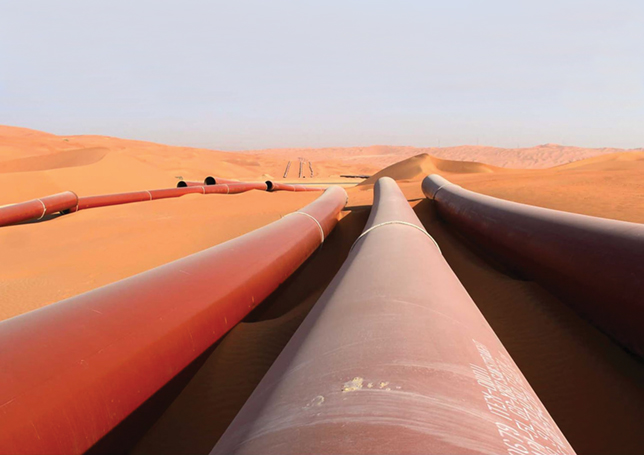
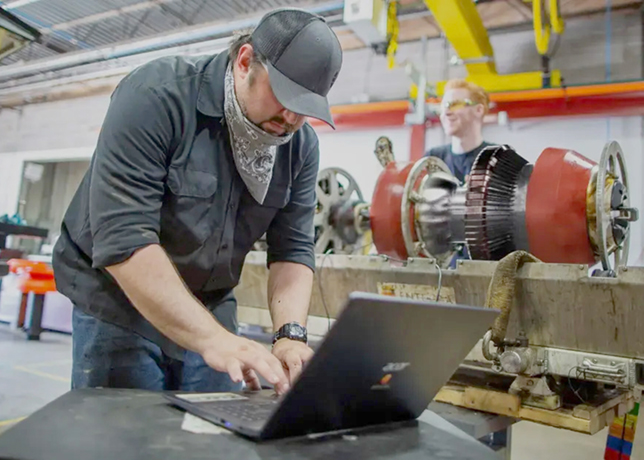






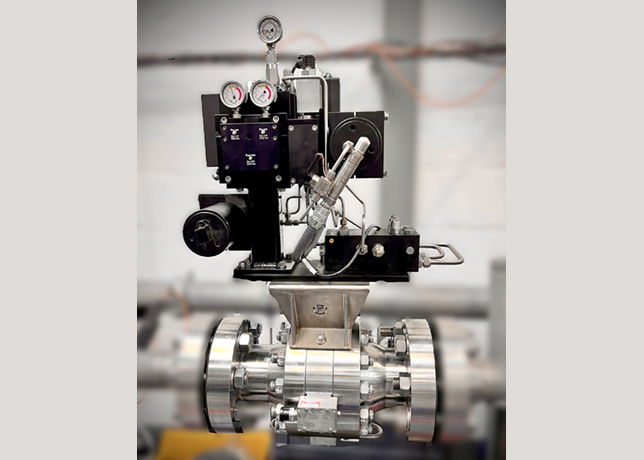
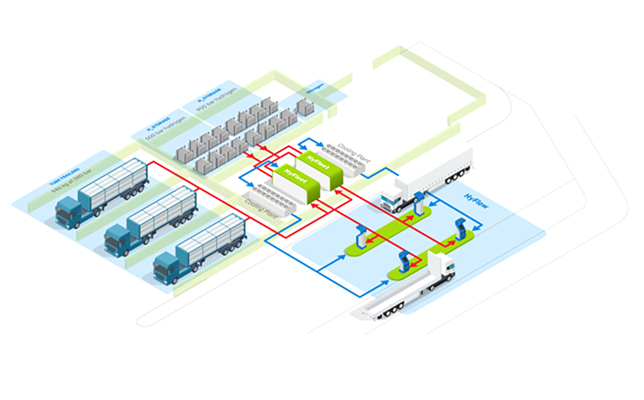
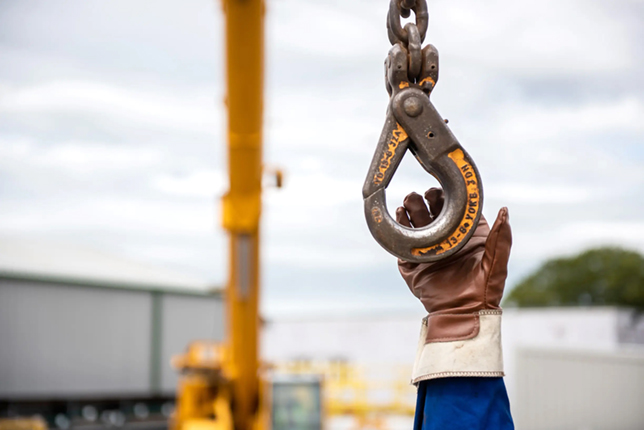

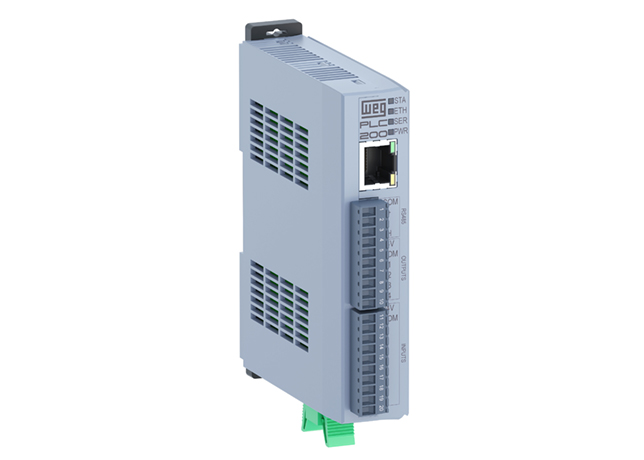
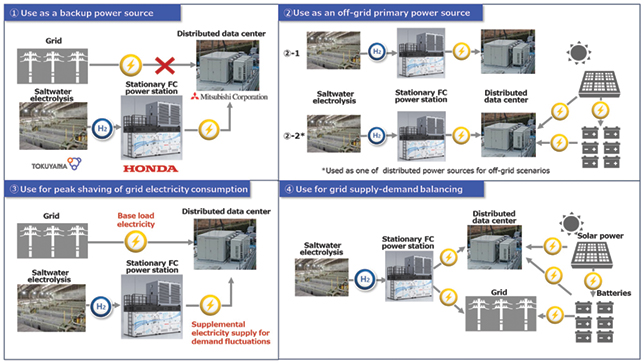

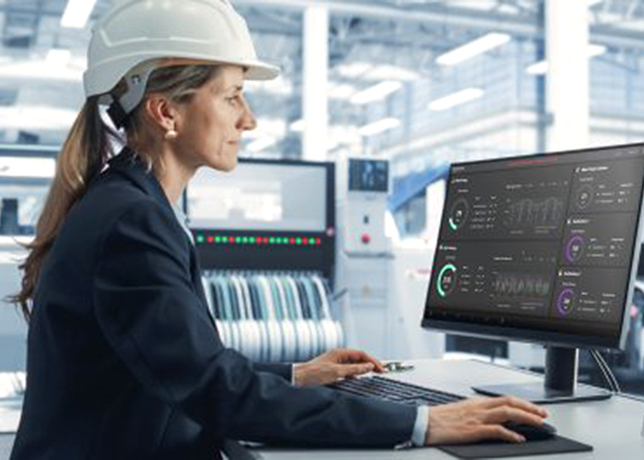
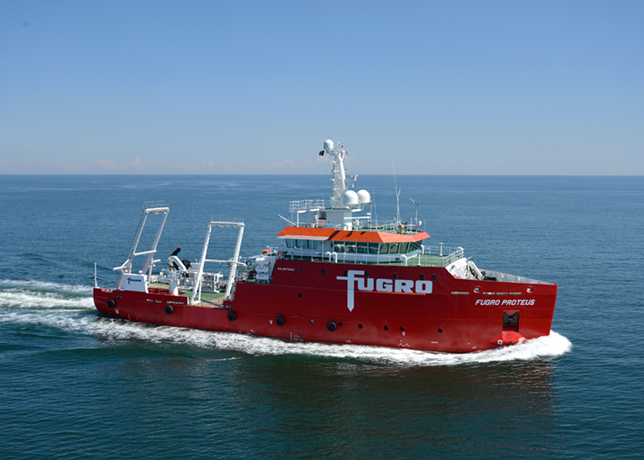


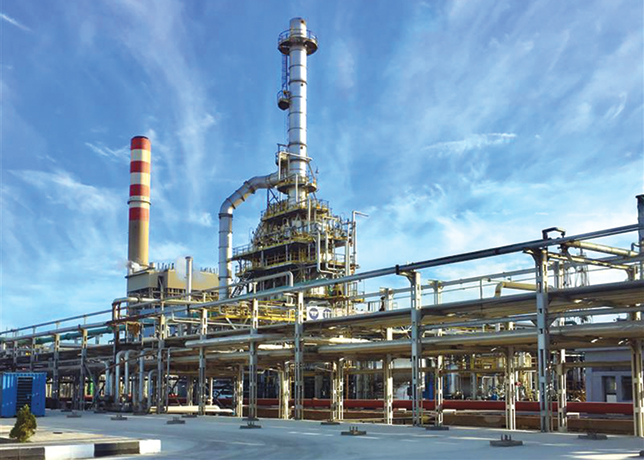
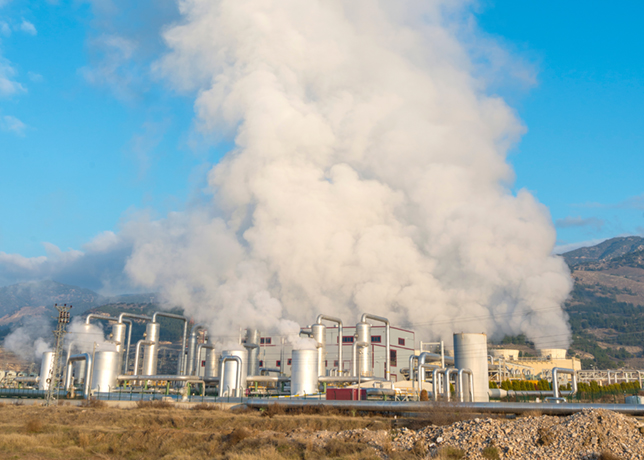
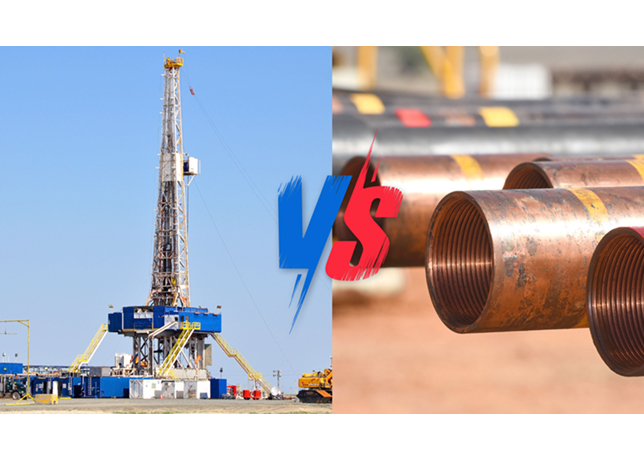
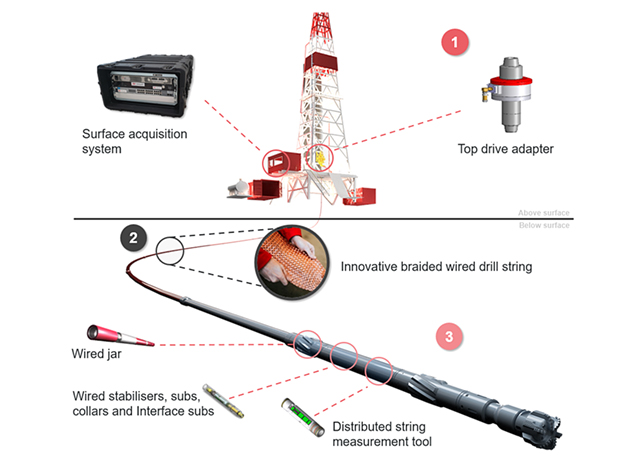



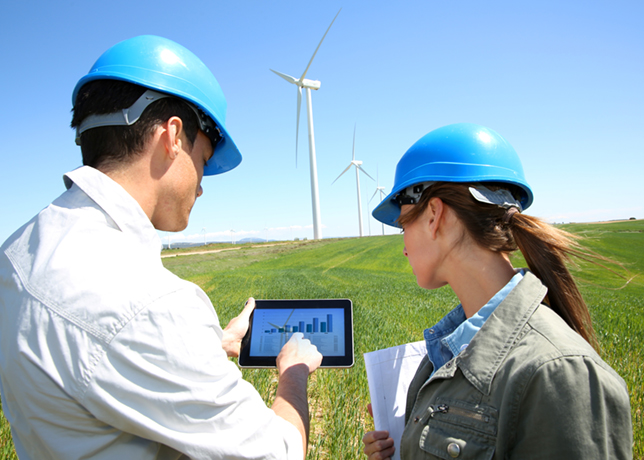


-is-one-of-the-world.jpg)
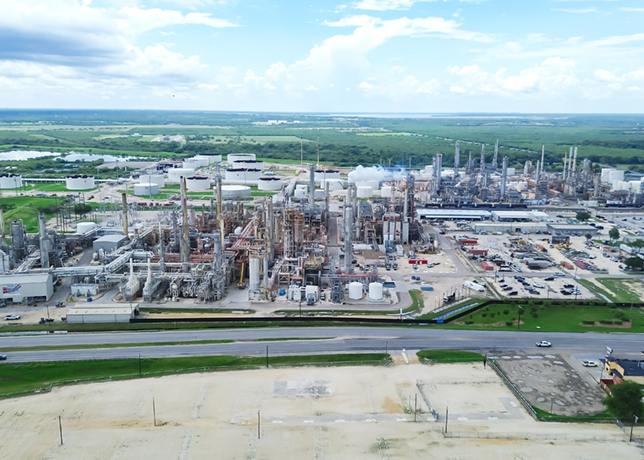


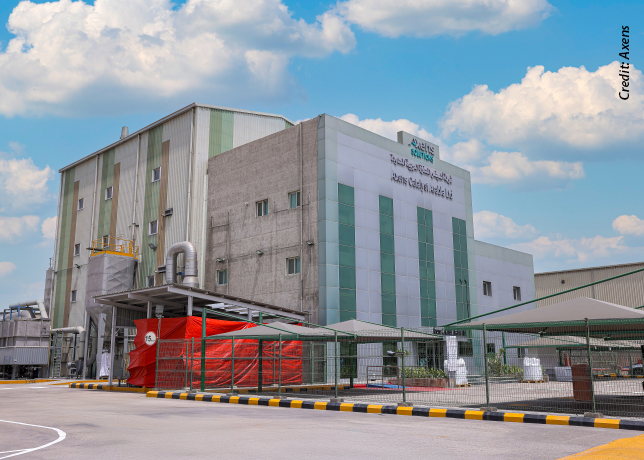

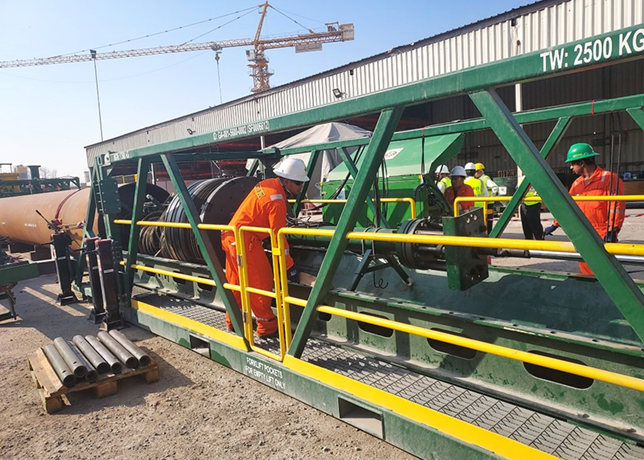
-(4)-caption-in-text.jpg)
